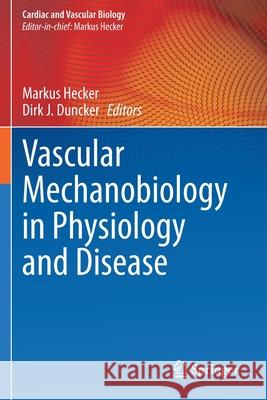Vascular Mechanobiology in Physiology and Disease » książka
topmenu
Vascular Mechanobiology in Physiology and Disease
ISBN-13: 9783030631666 / Angielski / Miękka / 2022 / 366 str.
Vascular Mechanobiology in Physiology and Disease
ISBN-13: 9783030631666 / Angielski / Miękka / 2022 / 366 str.
cena 724,58
(netto: 690,08 VAT: 5%)
Najniższa cena z 30 dni: 693,97
(netto: 690,08 VAT: 5%)
Najniższa cena z 30 dni: 693,97
Termin realizacji zamówienia:
ok. 22 dni roboczych
Dostawa w 2026 r.
ok. 22 dni roboczych
Dostawa w 2026 r.
Darmowa dostawa!
Kategorie BISAC:
Wydawca:
Springer
Język:
Angielski
ISBN-13:
9783030631666
Rok wydania:
2022
Ilość stron:
366
Waga:
0.51 kg
Wymiary:
23.39 x 15.6 x 1.93
Oprawa:
Miękka
Wolumenów:
01
Dodatkowe informacje:
Wydanie ilustrowane











